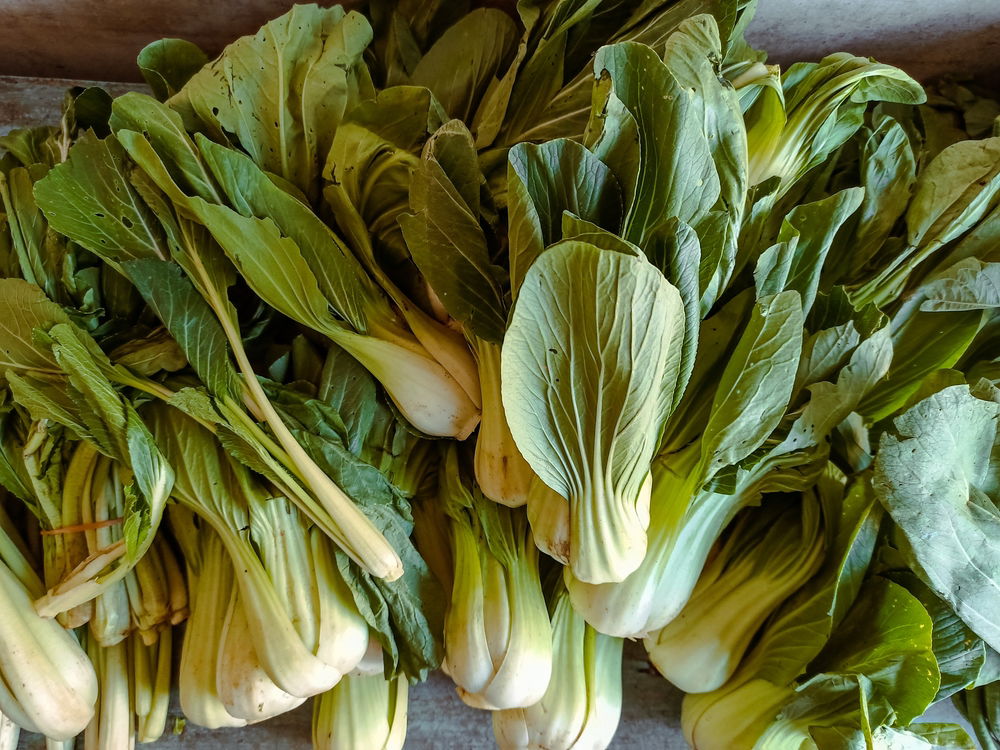The Ultimate Leafy Green Vegetables To Supercharge Your Diet (3 of 3)


Collard Greens
Collard greens, a beloved nutritional staple in Southern cuisine, are renowned for their robust flavor. Typically prepared by cooking to reduce bitterness and enhance tenderness, one cup of cooked collard greens offers a plethora of essential nutrients. This includes 324 mg of calcium (25% of the Daily Value), 34 mg of vitamin C (38% of the DV), and 135 mcg of folate (34% of the DV). The prime season for enjoying the best-quality collard greens is from October through early spring.
Similar to kale and Swiss chard, collard greens contain lutein and zeaxanthin, carotenoids that promote eye health and help in preventing eye-related conditions like macular degeneration. A single cooked cup of collard greens supplies an impressive 4,400 mcg of lutein and zeaxanthin. While there isn’t a set daily value for these compounds, experts recommend a daily intake of 10 mg of lutein and 2 mg of zeaxanthin, with 1 mg equating to 1,000 mcg.


Mustard Greens
Mustard greens, with their peppery taste reminiscent of mustard, complement hearty dishes such as cheese, curry, and meats. These greens, along with kale, collard, and turnip greens, are at their peak from October to early spring.
Rich in essential vitamins like A and C, mustard greens also provide important minerals like magnesium and potassium. Magnesium, known as the relaxation mineral, plays a crucial role in regulating blood sugar, blood pressure, and muscle and nerve functions. Potassium, on the other hand, is essential for various bodily functions, including kidney, heart, muscle, and nerve health.